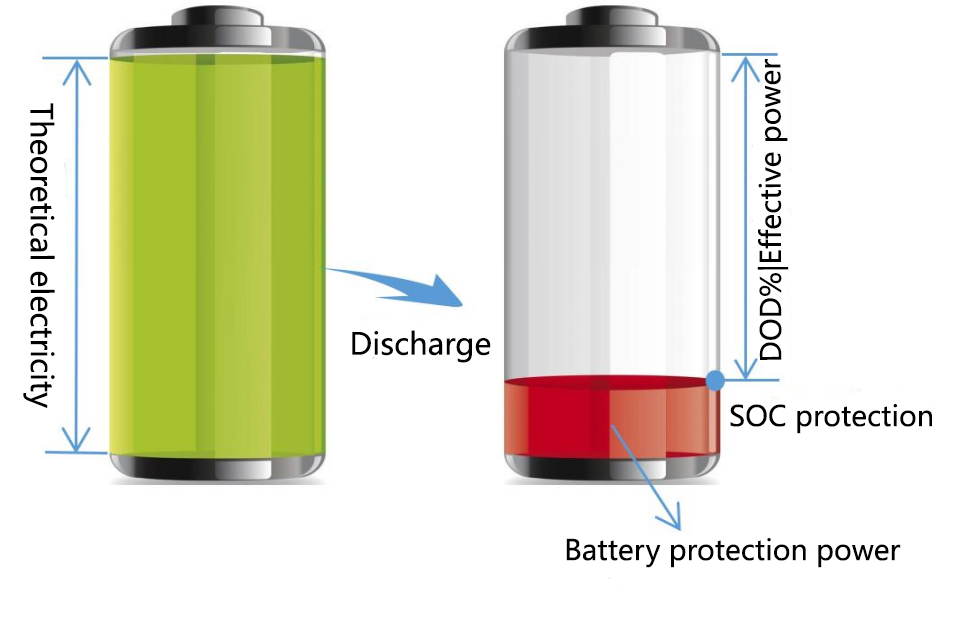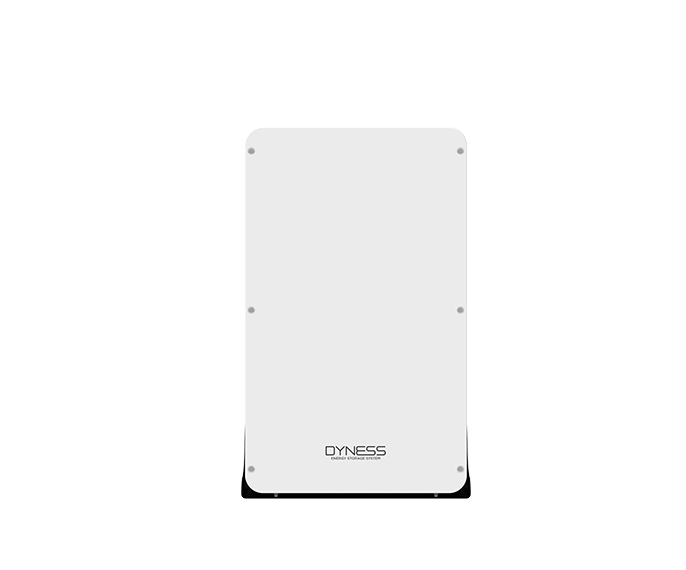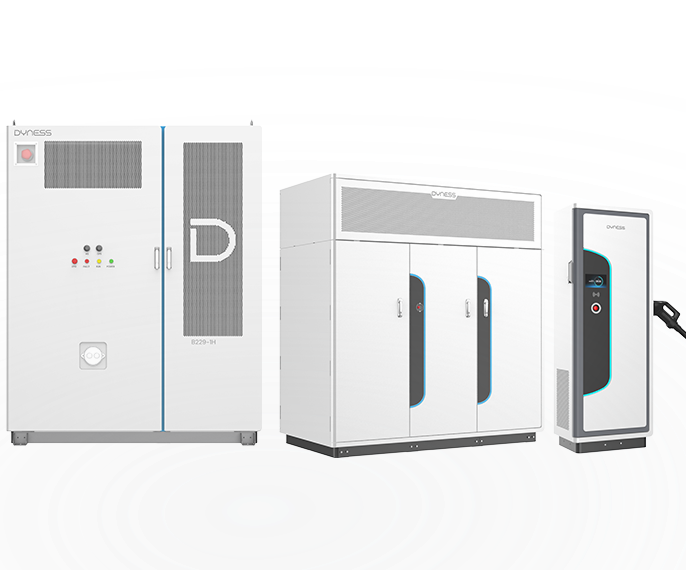Dyness Knowledge | Solar and energy storage must-learn terminology(DOD)
-
Technical Blog
-
2024-01-17
-
Dyness

In solar and energy storage technology, the DOD of the battery is a crucial parameter. Dyness can take you 3 minutes to understand the home energy storage term "battery discharge depth".
In solar and energy storage technology, the DOD of the battery is a crucial parameter. It not only affects the capacity and output power of the energy storage system but also directly affects the economy and reliability of the energy storage system. Today, Dyness can take you 3 minutes to understand the home energy storage term "battery discharge depth".
DOD, depth of discharge
The depth of discharge of the battery refers to the percentage of the maximum power that is allowed to be taken out of the battery to the rated capacity under the condition of ensuring the normal power supply of the battery. That is the percentage of available charge of the battery (as shown in the figure below).

If the battery is forced to discharge below the DOD, it may accelerate the aging of the battery. The battery will respond accordingly according to the BMS, such as forcibly shutting down the battery.
Some manufacturers on the market claim that the DOD of their own lithium batteries is 100%, which is not accurate. 100% DOD is often achieved by setting software programs, the actual DOD does not reach 100%. Because 100% DOD will seriously shorten the battery cycle life. Generally speaking, the cycle life of the battery shows a significant upward trend with the decrease of DOD.
When setting the depth of discharge (DOD) of a battery, several factors need to be considered:
1. Battery chemistry
Different battery chemistries have different recommended DODs. For example, lithium-ion batteries typically recommend 80% DOD, while lead-acid batteries typically recommend up to 50% DOD.
2. Battery life
The deeper the discharge depth, the shorter the battery cycle life. Therefore, it is important to balance the required run time of the battery with the need to extend the battery cycle life.
3. Operating temperature
High temperatures will shorten battery life, so it may be necessary to set a lower DOD in a high-temperature environment.
4. Battery capacity:
Larger capacity batteries can usually be set to a deeper DOD without significantly affecting battery life, while smaller capacity batteries may require a shallower DOD to extend their life.
5. Application Requirements
The required run time of the powered equipment will affect the DOD's setting. Devices that are expected to run for extended periods of time may require deeper DODs to achieve the required run times.
6. Charging Infrastructure

































































